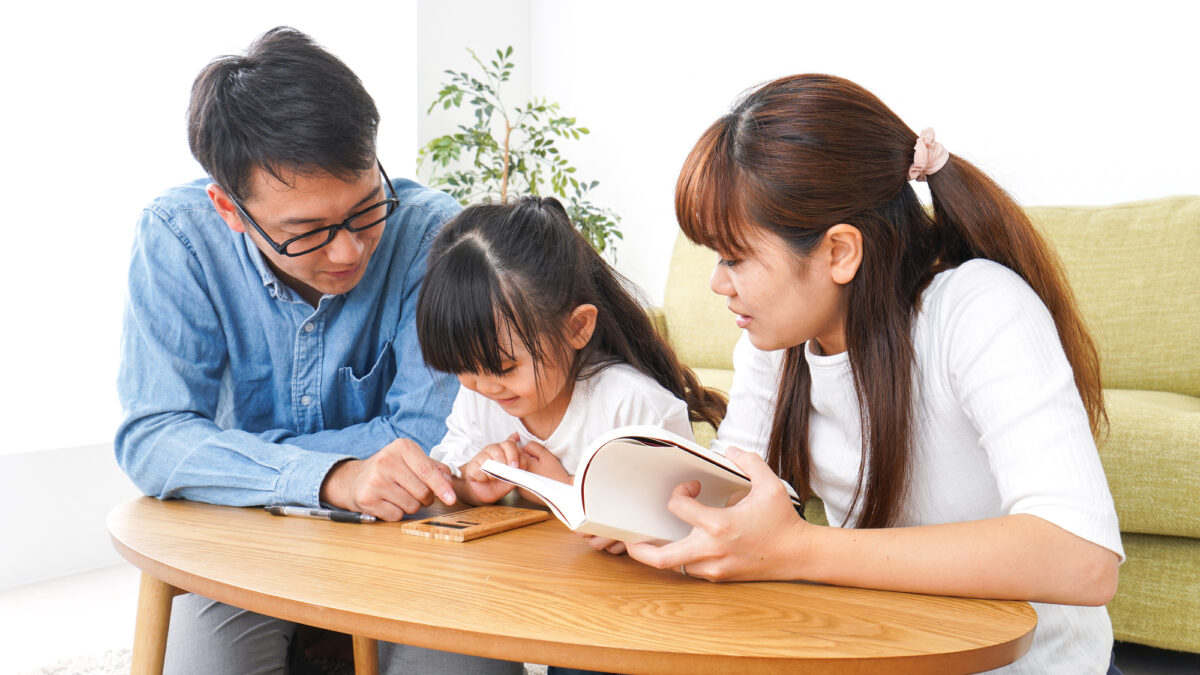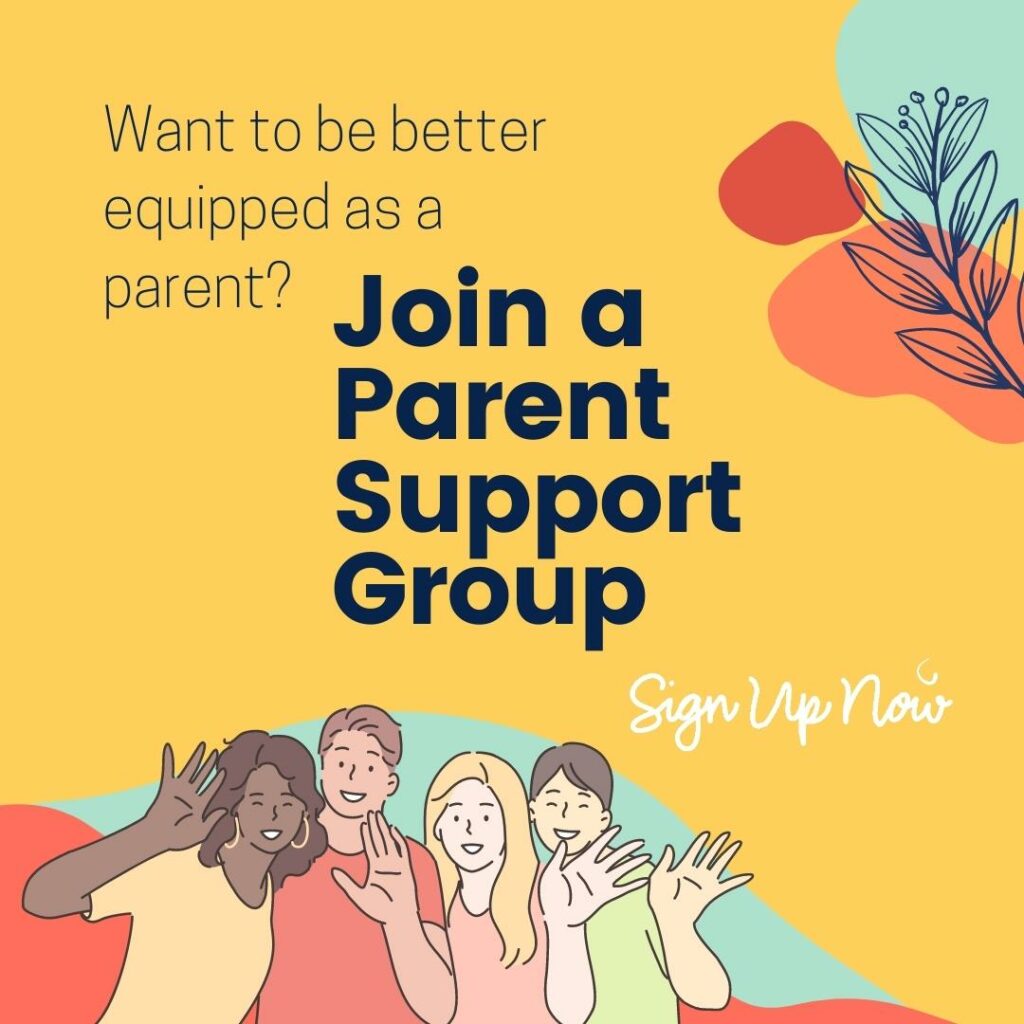As parents, we want to protect our children from harm. However, predators, abusers, and bullies often use the tactic of secrecy to manipulate children into keeping their actions hidden from adults. This is why it’s crucial to teach our kids about the difference between secrets, surprises, and privacy.
Surprises are fun and temporary.
They are things that are meant to be revealed at a later time, like a birthday present or a surprise party. These are positive things that can bring joy and excitement to a child’s life. It’s important to explain to your child that surprises are not harmful and can be kept under wraps until the time is right.
You can involve them in fun surprises like wrapping birthday presents for family members to help them hone their restraint, delayed gratification, and social skills!
Using the word “surprise” instead of “secret” for fun surprises can help kids understand that secrets are something more serious that they should tell an adult about. This can also help them discern when someone is asking them to keep something hidden that shouldn’t be kept hidden.
Here is an example script:
“A surprise is when you have something special for someone, but you don’t tell them what it is right away. It could be a fun or happy thing, like a present for your friend’s birthday. You keep it hidden until the right time, and then you reveal it to them.This makes it more exciting when they open it and find out what it is!
Can you think of other examples of surprises? What does it feel like when you have something exciting to share with someone and you wait for the right time to tell them about it?”
Secrets can be unsafe — tell an adult.
Predators, abusers, and bullies often tell children to keep something secret and to never tell anyone what happened. It’s important to teach your child that secrets that make them feel uncomfortable or unsafe should always be shared with a trusted adult.
Explain to your child that secrets that can cause harm to themselves or others should never be kept hidden, even if the person asking them to keep the secret tells them not to tell anyone.
You can model safe touch and consent. As an example, playing a tickling or wrestling game where you ask for permission to tickle and stop as soon as someone says no.
Here is an example script:
“Keeping a secret means not telling anyone about something. This can hurt someone’s feelings or keep them from getting help they need.
But if someone does something bad to you, like make you feel scared, uncomfortable, or unsafe, you don’t have to keep it a secret, even if they tell you to! You should tell me or another grown-up you trust right away, so we can help you.
For example, if a friend tells you that someone is hurting them and asks you not to tell anyone, should you keep it a secret? What could happen if you don’t tell a grown-up?
Can you think of other secrets that could be dangerous or unsafe? How would they make you feel? Who are some grown-ups you could tell?
If someone asks you to keep a secret, always ask yourself why they don’t want others to know. Remember that you get to decide whether to tell someone or not, not the person who asked you to keep the secret. And if you tell me about something, I’m here to help you, not to get you in trouble.”
Privacy is for safety and respect.
On the other hand, sometimes people have a legitimate need for privacy. It’s essential to explain the difference between a secret and privacy to your child. You can help your child understand that privacy is the right to keep something to yourself, like having a diary or changing clothes. It’s a way to respect a person’s boundaries and personal space, while a secret is something that someone has told you to keep hidden, which could harm them or someone else.
Teaching your children about privacy can also be done through simple daily activities. For example, you can teach them to knock before entering a closed door or let them learn to shower/bathe by themselves.
Explain to your child that their body is their own, and they have the right to say no if someone makes them feel uncomfortable. Encourage them to tell a trusted adult if someone violates their privacy or makes them feel unsafe.
Here is an example script:
“Privacy is not the same as secrets and surprises. People need privacy for their own bodies, like taking a shower. Occasionally, people want privacy when talking about important or personal matters.
Suppose a friend tells you they have to have surgery, it’s respectful not to tell your entire class about it. It’s different from a secret because their parents and doctors are already helping them.
Can you think of another reason why you might want privacy? If you had a problem related to that, who could you turn to for help?”
Use the right words.
Teaching your child about the difference between secrets, surprises, and privacy is an ongoing process. By using the right language and modeling appropriate behavior, you can help keep your child safe and give them the tools they need to protect themselves.



